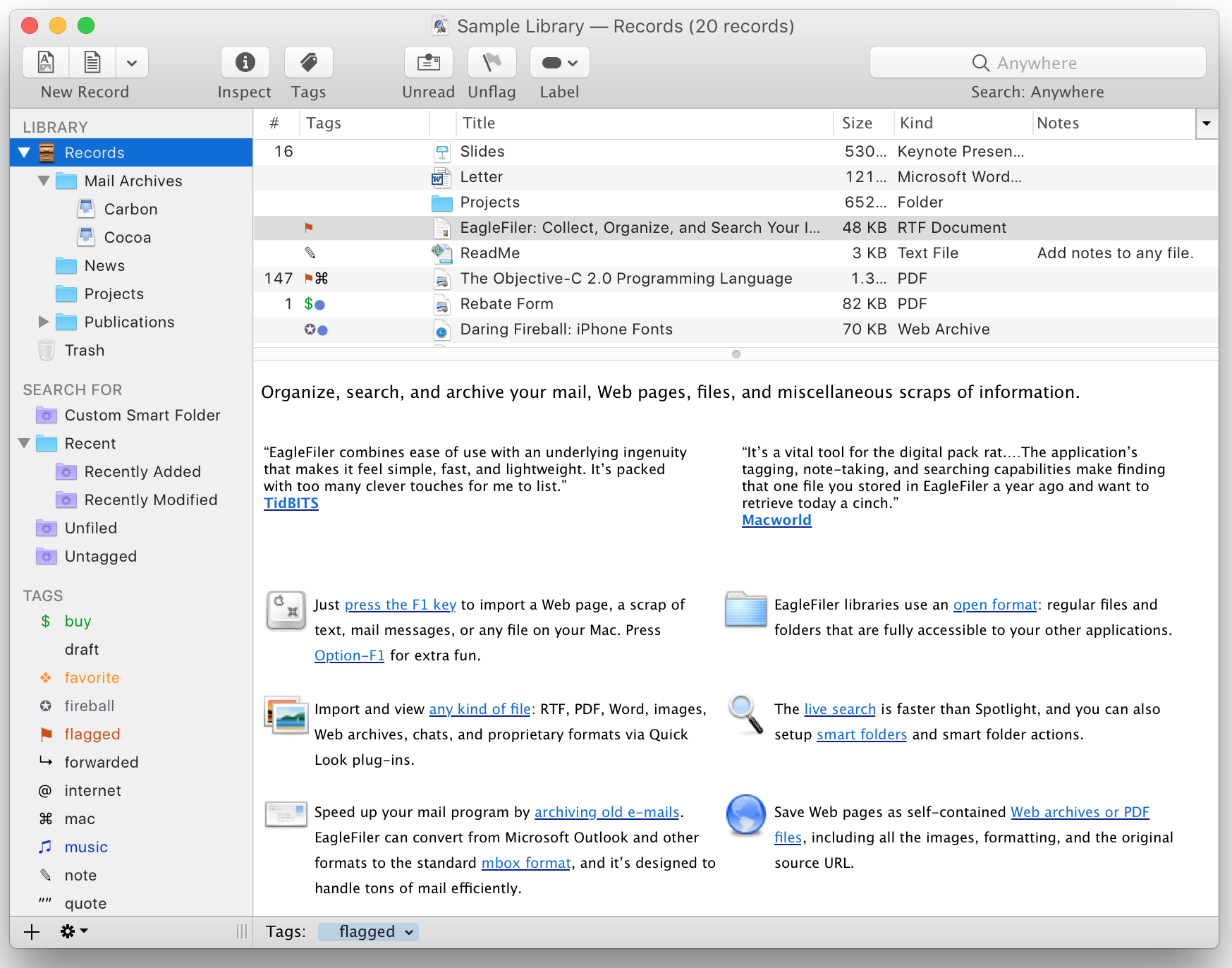

Hook can automatically update its integration script without relaunching Hook. Update Hook integration without re-launching Hook.You can customize how Hook controls apps, and add new integration scripts for other apps. Next time you double-click on the file, Hook will open its target. Great for taking notes, writing todo lists, and editing documents in Markdown. With the hook://file scheme, you can embed links to files without having to worry about what happens to your links should you move the files! And you can embed links to all kinds of objects. Hook extends the reach of your markdown documents. Embed links to anything in your markdown documents.Instantly create a well-formed Markdown link with title and URL pointing to the current item, whether it is a web page, file, email, task, or any other linkable item. When they click on the search link, Hook will trigger a Spotlight search based on the link.

Help your family, friends and colleagues find the information they need by sending them search links. hook://search links, mentioned above, can also be shared. No more long descriptions of where a file can be found! Share copied file links (hook://file/…) that reveal the linked files in the recipient’s Mac’s Finder! Whether the file is in a synced or version controlled (e.g., Git) folder, or other location, if the file is indexed by Spotlight on their Mac, Hook can reveal it.

Whether you use Hook’s built in “share sheet”, or its universal Copy Link command, you can share links to information that you previously couldn’t: Try it, and you’ll be amazed! Sharing the Previously Unshareable Having interacted with a resource with Hook is perhaps the most highly discriminative indicator of relevance ever invented.
#Alias in eaglefiler pdf
when you select text in a PDF in PDFpenPro and use Hook’s Copy Link or Copy Markdown Link command, Hook create a deep link to the selection in the PDF! Click on the link, and Hook will take you back to the selection.ĭeep PDF links to specific locations in a PDF hook file on Finder that when double-clicked will open the current linkable item, regardless of its type (web page, file, email, task, etc.). (Only works for files, not web pages of course.) * How many times have you wanted to quickly see where the current file is stored on Finder? Whatever the current linkable app is, just invoke Hook and Reveal File in Finder (⌘R).

Great for taking bidirectionally linked (‘hooked’) notes about a document. The Hook to New command instantly creates a new item in the app of your choice, names it, stores it, and ‘hooks’ it to the current item. Recursively navigate the network of items hooked to the current item, with arrow keys or by clicking. (See the next image for an example of hooks on this page.) Hit ‘return’ on a link, or double-click it, to open the linked item. The Hook window shows you a list of all the items that you have ‘hooked’ (bidirectionally linked) to the current item. After you’ve copied a link, you can bidirectionally link (aka ‘hook’) the copied link to the current item using Hook to Copied Link (⌘V, because it also ‘pastes’ in Hook window). Hook links to files are robust: unlike file:// URI’s, Hook’s links to files ( hook://file/) work even if you rename or move the files around.Instantly copy formatted links not just to web pages (though that is very handy), but also to files, emails, tasks and many more types of objects in various apps. Now start doing what used to be impossible: Whether you are in Finder, Mail, Safari, or one of many other apps, invoke Hook with ⇧⌘SPACE (or other means). Hook’s popup window enables you to act on the currently selected item in the foreground linkable app.


 0 kommentar(er)
0 kommentar(er)
